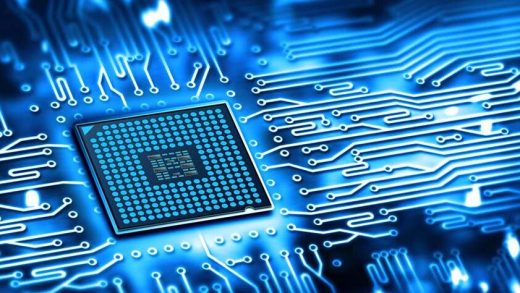Kayaking is an exhilarating water sport that combines physical strength, technique, and mental focus. Whether you are a beginner or an experienced paddler, there are always ways to improve your speed and efficiency on the water. In this blog post, we will explore various strategies and techniques to help you get faster at kayaking.
1. Mastering the Basics:
Before diving into advanced techniques, it is crucial to have a solid foundation in kayaking. Familiarize yourself with the basic strokes, such as the forward stroke, reverse stroke, sweep stroke, and draw stroke. Practice these strokes until they become second nature, as they form the building blocks for more advanced maneuvers.
2. Perfecting Paddling Technique:
Efficient paddling technique is essential for speed and endurance. Focus on maintaining a proper posture, engaging your core muscles, and using your torso to generate power rather than relying solely on your arms. Experiment with different paddle angles and hand positions to find what works best for you. Regular practice and feedback from experienced kayakers or instructors can help refine your technique.
3. Enhancing Strength and Endurance:
To increase your speed in kayaking, it is crucial to build strength and endurance. Incorporate exercises that target your upper body, core, and leg muscles. Strength training exercises like push-ups, pull-ups, planks, and squats can help improve your paddling power. Additionally, cardio exercises such as swimming, cycling, and running can enhance your overall endurance.
4. Optimizing Equipment:
Investing in the right equipment can significantly impact your kayaking speed. Ensure that your kayak is suitable for your skill level and the type of water you will be paddling in. Consider factors such as length, width, and hull design to find a kayak that offers stability and speed. Additionally, choose a paddle that is lightweight, properly sized, and has the right blade shape for your paddling style.
5. Utilizing Advanced Techniques:
Once you have mastered the basics, you can explore advanced techniques to further improve your speed. These techniques include bracing, edging, and utilizing the power of the water currents. Learning how to read the water and navigate efficiently can help you find the fastest and most efficient route. Additionally, practicing maneuvers like the Eskimo roll can enhance your confidence and speed in challenging conditions.
6. Mental Focus and Visualization:
Kayaking requires mental focus and concentration. Visualize your movements and the path you want to take before getting on the water. Develop a mental strategy to overcome obstacles and maintain a steady rhythm. Practicing mindfulness and staying calm under pressure can help you make split-second decisions and react swiftly, ultimately improving your speed.
Conclusion:
Becoming faster at kayaking requires a combination of technical skill, physical fitness, and mental focus. By mastering the basics, perfecting your technique, building strength and endurance, optimizing your equipment, utilizing advanced techniques, and maintaining mental focus, you can unlock your full potential on the water. Remember, practice and consistency are key to achieving significant improvements in your kayaking speed. So, grab your paddle, embrace the challenge, and enjoy the thrill of gliding through the water with newfound speed and efficiency.




